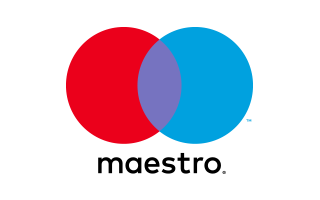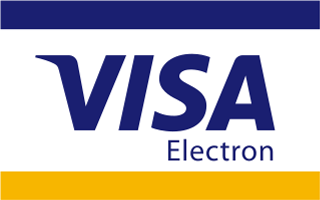Understand Type 4 Hair: Differences Between 4A, 4B, & 4C Hair
Type 4 hair, often referred to as kinky or coily hair, is a beautiful and diverse hair texture that is characterized by tightly coiled strands. This hair type is commonly found among black women but can vary widely in texture and appearance. Understanding the differences between Type 4 hair is essential for proper hair care and styling, as each subcategory—4A, 4B, and 4C—comes with its own unique characteristics and needs.
In this article, we'll explore Type 4 hair and delve into the differences between 4A, 4B, and 4C hair types. By gaining a deeper understanding of these distinctions, you'll be better equipped to care for and style your hair. Let's dive in!
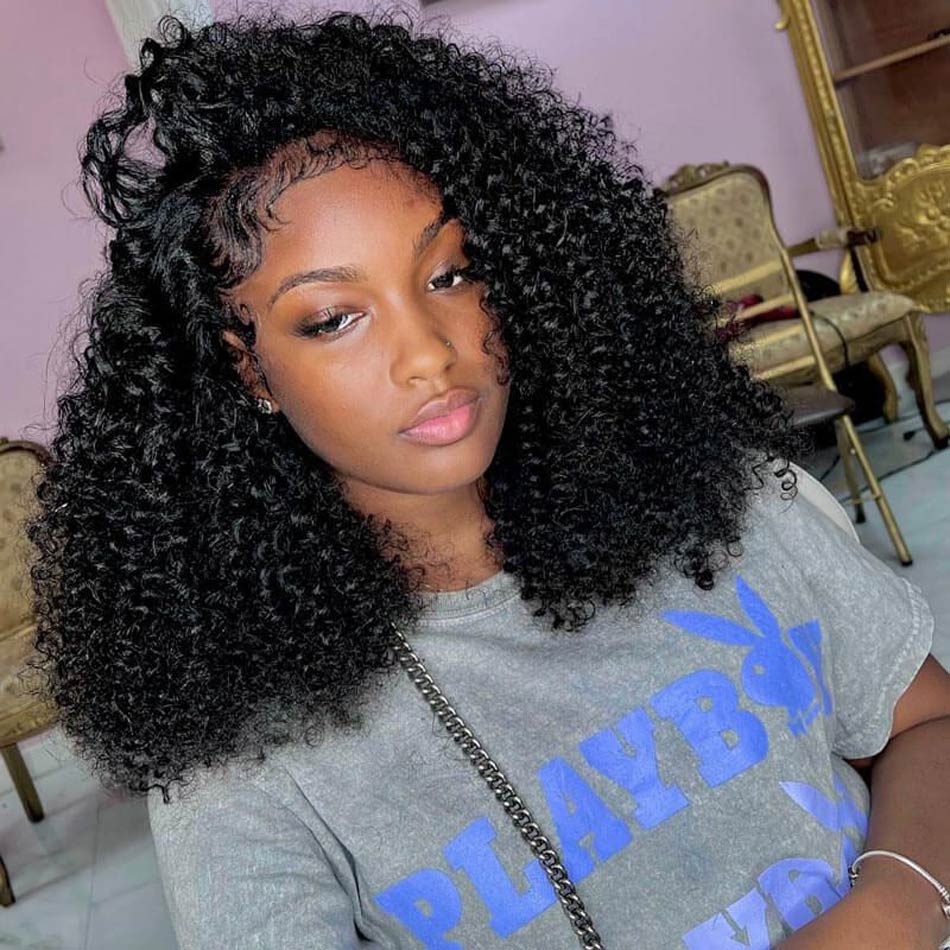
What is Type 4 Hair?
Type 4 hair is a unique and beautiful hair texture that is characterized by tightly coiled strands. This hair type is commonly found among individuals of African descent, although it can also be found in other ethnicities. Type 4 hair is known for its tight curls and coils, which can range from fine and wiry to coarse and densely packed.
Characteristics of Type 4 hair include:
- Tight Curls and Coils: Type 4 hair has a distinctive coil pattern that ranges from tight zig-zag shapes to more defined curls.
- Shrinkage: Type 4 hair is prone to shrinkage, meaning it appears shorter than it actually is when stretched. This is due to the tight coil pattern of the hair strands.
- Dryness: Type 4 hair tends to be dry because the natural oils produced by the scalp have difficulty traveling down the length of the coiled hair strands.
- Fragility: The tight coil pattern of Type 4 hair makes it more prone to breakage, especially if not handled gently.
Understanding the unique characteristics of Type 4 hair is essential for proper care and styling, helping you embrace and showcase the natural beauty of your hair texture.

Differences Between 4A, 4B, & 4C Hair
4A Hair:
4A hair is characterized by well-defined curls with an S-shaped pattern. This hair type typically has a soft texture and is finer compared to other Type 4 hair types. The curls in 4A hair are more visible and have a looser coil pattern compared to 4B and 4C hair.
- Well-defined curls with an S-shaped pattern
- Soft texture and fine strands
- Minimal shrinkage when wet or damp, typically up to 50%
- Less prone to dryness and breakage compared to 4B and 4C hair types
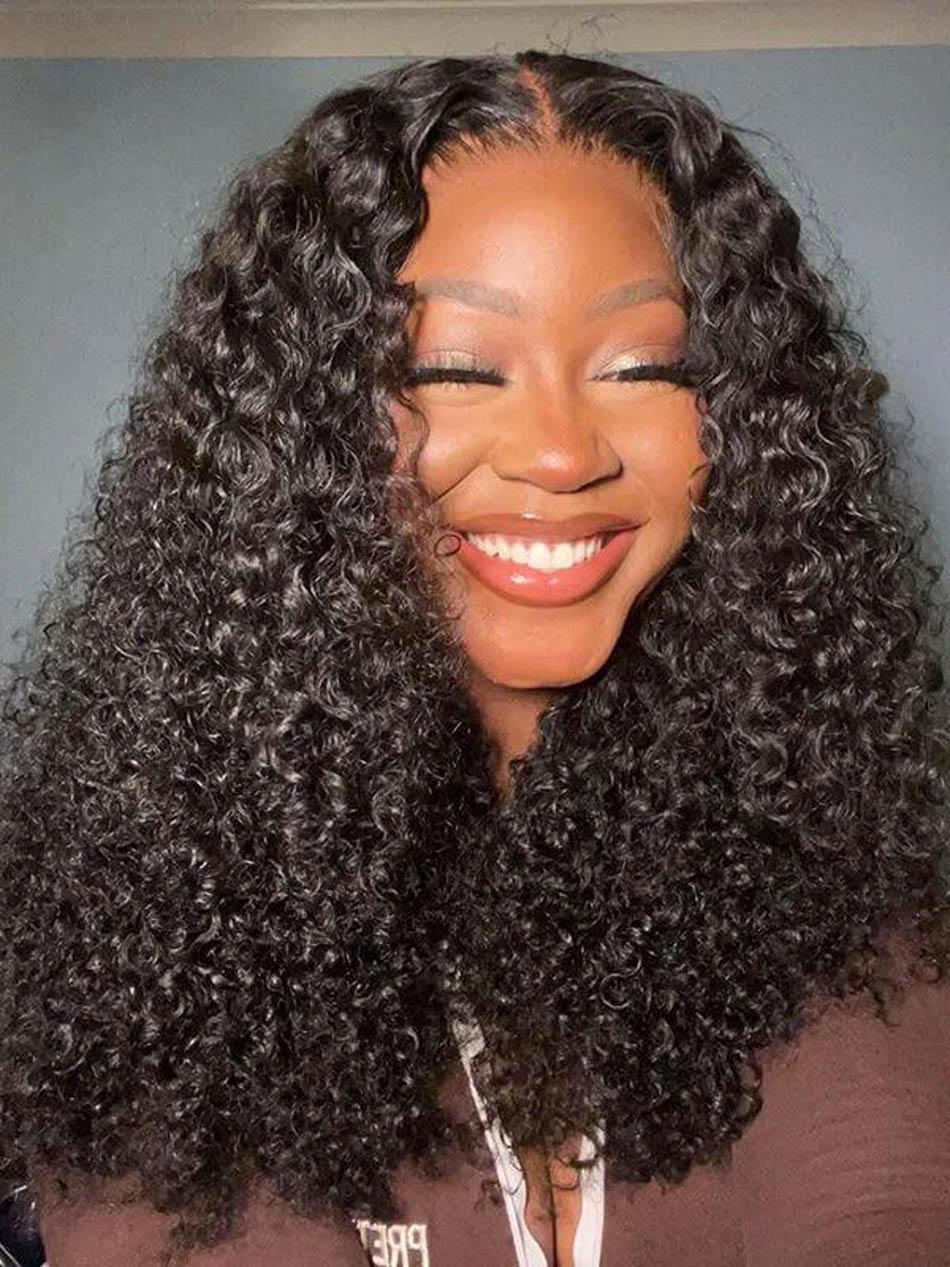
4B Hair:
4B hair features a Z-shaped curl pattern with less distinct definition compared to 4A hair. It tends to have a coarser texture and is more prone to shrinkage. The coils in 4B hair are tighter and less defined, giving it a more zig-zag appearance. Due to its tight coil pattern, 4B hair may appear shorter than it actually is when stretched.
- S or Z-shaped pattern (zig-zag patterns)
- Tightly defined curl pattern
- Coarser texture than 4A hair
- Highly prone to dryness and breakage
- Up to 70% shrinkage when wet or damp

4C Hair:
4C hair has a tight zig-zag or “Z” pattern with minimal to no curl definition. It is the most fragile and prone to shrinkage among the Type 4 hair types. 4C hair strands are densely packed and may appear to form more of a pattern of coils or zig-zags rather than defined curls. This hair type requires gentle care and regular moisturizing to prevent breakage and maintain its health.
- Very tightly coiled than 4B hair
- Minimal to no curl definition
- Extremely prone to dryness
- Can have a coarse or fine texture
- Shrinkage of up to 75% of its length
- Most fragile and prone to breakage among the Type 4 hair types

In conclusion, 4a hair features sweet S-shaped curls, 4b hair has juicy zig-zagged curl strands, while 4C hair showcases thick coils that naturally form massive, beautiful afros. And the fact is that it's common for someone to have a combination like 4A/4B, 4B/4C, 4A/4C, or even a mix of all three!
Hair Care Tips for Type 4 Hair
General Tips for Type 4 Hair:
Tip 1: Moisture Retention: Type 4 hair tends to be dry, so it's important to moisturize regularly. Use a leave-in conditioner or moisturizing hair cream to keep your hair hydrated.
Tip 2: Gentle Handling: Type 4 hair is fragile, so avoid rough handling and use wide-tooth combs or your fingers to detangle. Start from the ends and work your way up to minimize breakage.
Tip 3: Protective Styling: Protective styles like braids, twists, and buns can help protect your hair from damage and retain moisture. Be sure not to make them too tight, as this can cause tension and breakage.
Specific Tips for 4A, 4B, and 4C Hair:
- 4A Hair: Since 4A hair is finer, use lighter products that won't weigh it down. Styles like twist-outs and braid-outs work well for this hair type.
- 4B Hair: Focus on moisturizing and sealing to combat dryness. Use heavier creams and butters to lock in moisture. Protective styles like twists and braids can help retain length.
- 4C Hair: This hair type requires a lot of moisture. Use creamy, hydrating products and seal with oils or butters. Stretch your hair with twists or braids to manage shrinkage and reduce tangling.
By following these tips, you can keep your Type 4 hair healthy, hydrated, and looking its best. Remember to listen to your hair and adjust your routine as needed based on its unique characteristics.

Styling Tips for Type 4 Hair
Styling Type 4 hair can be a fun process that allows you to showcase the unique beauty of your curls and coils. Here are some tips for styling Type 4 hair:
Tip 1: Moisturize Before Styling:
Start with moisturized hair to prevent breakage and maintain elasticity. Use a leave-in conditioner or moisturizing cream to hydrate your strands.
Tip 2: Use Gentle Styling Techniques:
Type 4 hair is delicate, so avoid harsh brushing or combing. Use your fingers or a wide-tooth comb to detangle and style your hair gently.
Tip 3: Try Protective Styles:
Protective styles like twists, braids, and buns can help protect your hair from damage and retain moisture. They also provide versatility and can be styled in various ways.
Tip 4: Use Heat Sparingly:
Limit the use of heat styling tools to prevent damage. If you do use heat, use a heat protectant spray and low heat settings.
Tip 5: Experiment with Different Styles:
Type 4 hair is versatile and can be styled in many ways. Try out twist-outs, braid-outs, bantu knots, or wash-and-go styles to see what works best for your hair.
Tip 6: Protect Your Hair at Night:
Use a satin or silk scarf or bonnet to protect your hair while you sleep. This helps prevent friction and breakage, and preserves your style.
Tip 7: Keep Your Scalp Healthy:
A healthy scalp is essential for healthy hair growth. Massage your scalp regularly to promote circulation and use oils or treatments to nourish your scalp.
By following these styling tips, you can keep your Type 4 hair looking its best and experiment with different styles to find what works for you. Remember to listen to your hair and give it the care it needs to thrive.

Conclusion
In conclusion, Type 4 hair is a beautiful and diverse hair texture that encompasses 4A, 4B, and 4C subtypes, each with its own unique characteristics.
- 4A hair is defined by its well-defined S-shaped curls and soft texture.
- 4B hair features a zig-zag curl pattern with less distinct definition and a coarser texture.
- 4C hair has a tight zig-zag pattern with minimal to no curl definition and is the most fragile among the Type 4 hair types.
With the right care and styling techniques, you can keep your Type 4 hair healthy, vibrant, and beautiful, embracing the natural beauty of your curls and coils. Embrace your Type 4 hair, and let your natural beauty shine! Visit Elfin Hair to explore a wide range of high-quality human hair wigs and extensions, perfect for showcasing the beauty of Type 4 hair.
Related Articles:
8 Protective & Low-maintenance Styles For 4C Hair
4C Hair guide: How to identify 4C hair & How to care for it?
Mastering 3b Hair for Stunning and Manageable Curly Locks

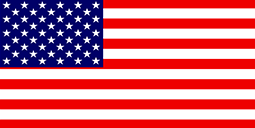 USD
USD EUR
EUR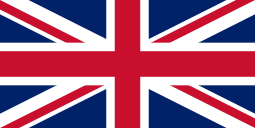 GBP
GBP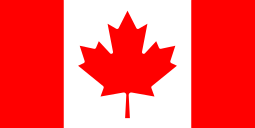 CAD
CAD AUD
AUD





